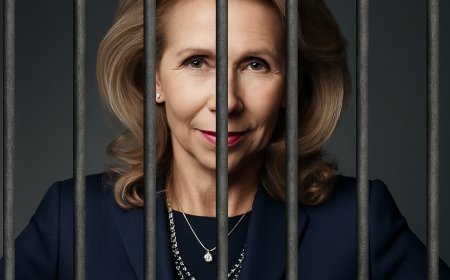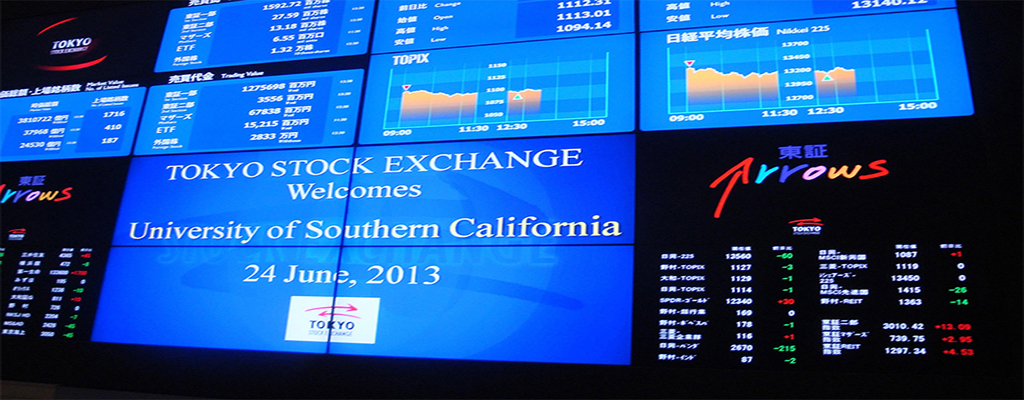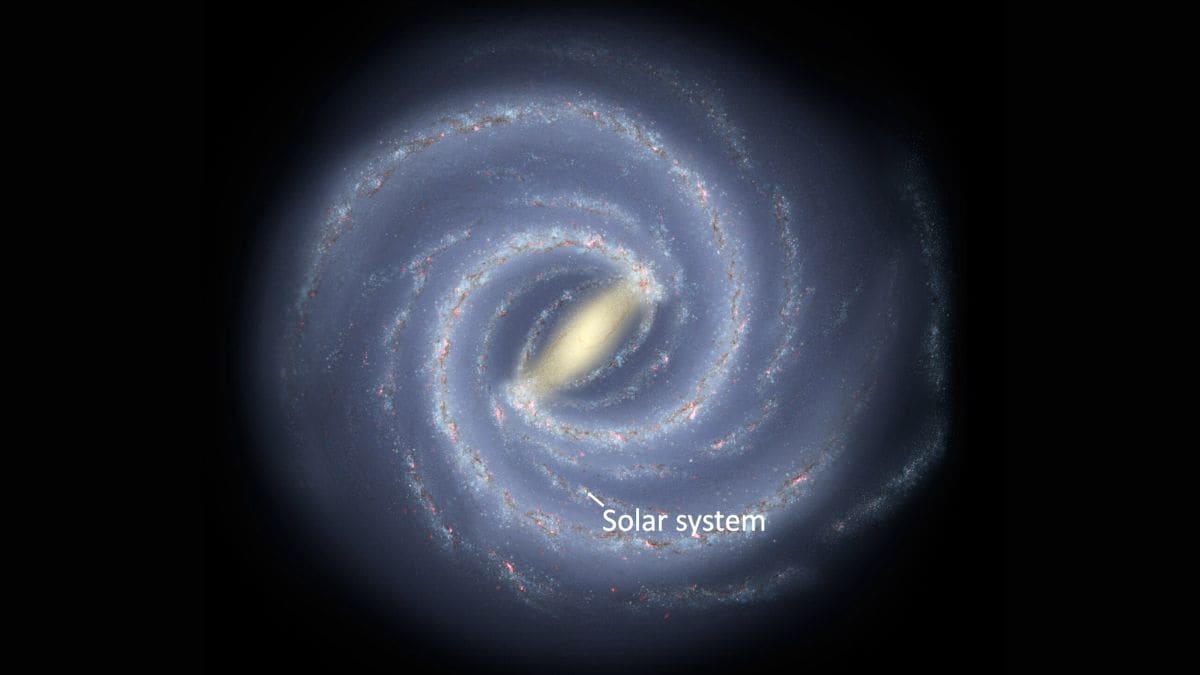Uranium Stocks Remain Red Hot After Fundamentals Kick In

Over the past couple of years, uranium and nuclear energy markets have enjoyed a renaissance thanks to surging global power demand and the global energy crisis triggered by Russia’s war in Ukraine. Last year, uranium prices hit an all-time high, with U.S. production of yellowcake growing more than a dozen-fold to 700,000 pounds as producers looked to leverage high prices. However, uranium is no longer trading on legacy sentiment, with prices moving more on fundamentals characterized by tight physical supply, underbuilt production pipelines, and a policy-driven nuclear revival that’s accelerating faster than commodity markets anticipated.
The uranium market is experiencing a structural supply deficit, creating potential challenges for nuclear operators. Unlike many commodities, uranium trading usually involves small volumes with specialized participants, making the nuclear fuel susceptible to significant uranium market volatility. Meanwhile, governments across the globe are repositioning nuclear as critical infrastructure rather than transitional tech.
These developments have forced uranium equities to re-rate sharply, with investors now recalibrating exposure to a sector long dismissed as too volatile, too political, or having an uncertain future. While uranium and nuclear stocks have pulled back from recent highs, the sector remains red-hot: the sector's popular benchmark, VanEck Uranium and Nuclear ETF (NYSEARCA:NLR) has returned 42.3% YTD, nearly triple the 14.3% gain by usually high-flying Technology Select Sector SPDR Fund (NYSEARCA:XLK), -0.12% by the Energy Select Sector SPDR Fund (NYSEARCA:XLE) and 9.7% by the S&P 500.
Uranium and nuclear stocks have easily outpaced the market : shares of advanced fission power plant developer, Oklo Inc. (NYSE:OKLO), have rocketed +234.7% in the year-to-date; Centrus Energy (NYSE:LEU) +175.4%, Energy Fuels Inc. (NYSE:UUUU) +98.4%, NuScale Power Corp. (NYSE:SMR) +97.8%, Uranium Energy Corp. (NYSE:UEC) +60.4%, BWX Technologies (NYSE:BWXT) +53.7%, Cameco Corp. (NYSE:CCJ) +47.1%, Vistra Corp. (NYSE:VST) +43.1% and NANO Nuclear Energy (NASDAQ:NNE) +35.9%. However, NexGen Energy (NYSE:NXE), an exploration and development stage company, has lagged, returning just +3.3% YTD.
Shares of California-based Oklo have been on a tear, gaining 857% over the past 52 weeks after the company announced a flurry of data center deals. Last month, Oklo unveiled a partnership with Liberty Energy (NYSE:LBRT) wherein they will develop an integrated power solution for data center applications, incorporating Oklo's Aurora powerhouse with Liberty's natural gas generation. The power plan will start with Liberty’s natural gas systems delivering quick energy. before shifting to Oklo’s clean nuclear generation over the long-term.
Around the same time, Oklo announced a partnership with Vertiv (NYSE:VRT) that will see them join forces to revolutionize data center operations. “This agreement is about delivering clean power, energy-efficient cooling, and infrastructure solutions purpose-built for AI factories, data centers, and high-density computers,” said Oklo CEO and co-founder Jacob DeWitte. Last week, Oklo revealed that it was selected for three of the U.S. Department of Energy’s reactor pilot projects, part of the DoE’s initiative to modernize and streamline nuclear licensing.
However, Oklo shares have been pulling back after the company reported a second quarter loss. The company reported zero sales revenues and net loss of $28M, or $0.18/share, compared to a loss of $27.3M, or $0.27/share in Q2 2024. The company finished the quarter with cash and equivalents of $226.8M as well as $456.2M in marketable securities. Dan Ives of Wedbush OKLO price target to $80 from $75, saying the company stands to benefit under pro-nuclear policies under Trump.
In contrast, Bank of America has downgraded Centrus' shares to Neutral from Buy but raised its price target to $285 from $210, citing valuation concerns after the huge runup. Centrus reported second quarter revenue of $154.5M (-18.3% Y/Y), beating the Wall Street consensus by $23.9M while Q2 GAAP EPS of $1.59 beat by $0.78. However, gross margin saw a big improvement, up to 35% from 19% in Q2 2024, reflecting a favorable shift in contractual mix as well a greater focus on operational efficiency. Centrus achieved the 900-kilogram production milestone of HALEU for Phase 2, and confirmed a contract extension with the DOE through June 2026.
HALEU, or High-Assay Low-Enriched Uranium, is a type of nuclear fuel enriched to between 5% and 20% Uranium-235. This is a higher concentration than the low-enriched uranium (LEU) used in most current reactors (3-5%), but lower than the highly enriched uranium (HEU) used in naval reactors and weapons. HALEU is crucial for the development of advanced nuclear reactors, particularly small modular reactors (SMRs) and microreactors, due to its potential for increased efficiency, smaller reactor designs, and longer refueling intervals.
By Alex Kimani for Oilprice.com










































